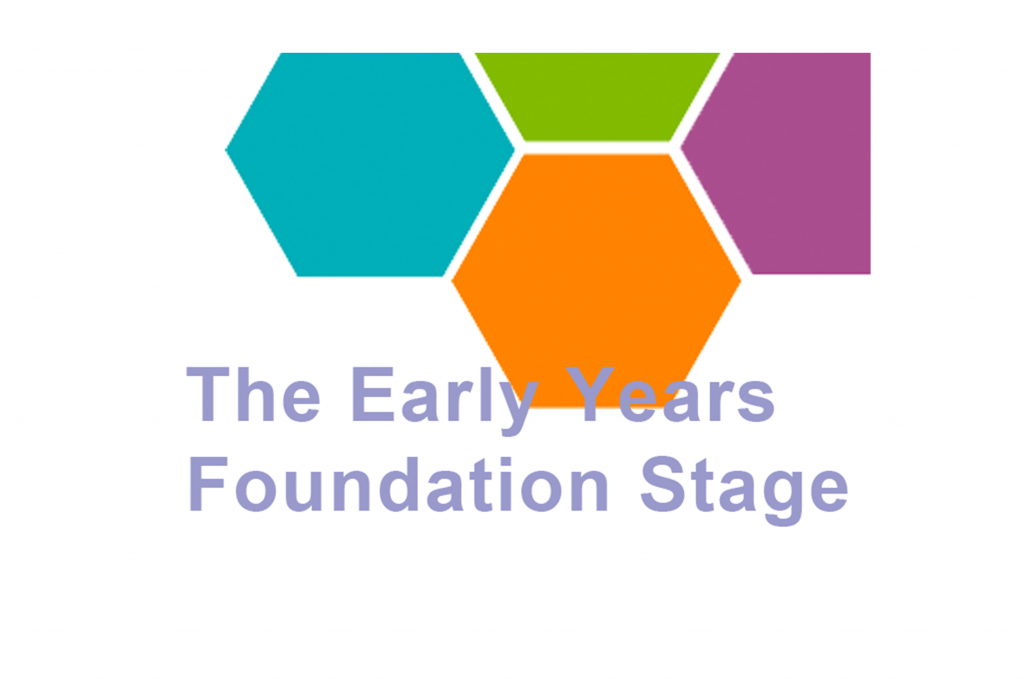Tracking children’s development through the EYFS
The purpose of tracking children’s development in the Early years is to provide a picture of the child’s progress and to identify any areas for further support. It is also a tool to share with parents and professional if needs be, parents will be able to understand their child’s learning and support any improvements at home.
In early years setting many documents are used to monitor and track children’s development. The formats of these documents will vary from setting to setting, however they all follow the same aims and objectives.
- Progress Summary
- Progress Check at age two
- Individual Cohort tracker
- Group Cohort tracker
- Language and Communication monitoring tool
These documents can be adapted to suit the individual setting. They will help practitioners and managers to identify and note the different rates of progress that children are making in the EYFS. It will provide evidence as to whether children are working in the correct age band for their age and highlight any areas for support. Practitioners must also gather evidence thorough formative assessments such as photographs, observations both spontaneous and planned, information from parents, samples of children’s work and child’s comments, all of this evidence will help practitioners make a best fit judgement of the age band the child is working within.
For best practice the progress summaries and the tracking documents are best completed together, as the information on both documents will help one another.
How to complete the Progress Summary
Practitioners completing these should record children’s interests and how they learn and note the age that they are predominantly working within.
Steps to consider when filling out this document
- Decide when it is best to complete these, some settings do them every term.
- Practitioners need to make one judgement against each aspect to show the child’s level of development.
- Practitioners should write a summary of the child’s development in the prime areas( if this for children under 2), again depending on the format of the progress summary some setting have an additional box to make links to the specific areas
- The progress summary for children over 2 would require a short summary of the child’s development in both the prime and specific areas.
- Progress summary should be shared with parent as it is best practice to encourage them to contribute their knowledge of their child.
Progress Summary 24-60 Plus Months
Completing individual cohurt tracker on entry assessment.
As Ofsted will want to see evidence that you are documenting children’s starting points, it is best practice to obtain information from parents and complete all about me sheets during settling in sessions. This information along with observations made during the first couple of weeks, will help practitioners make a best fit judgement and indicate whether the child is Beginning, within or secure within each aspect of the EYFS. The individual cohort tracker should be reviewed at regular intervals, some setting re evaluate them every term in line with the progress summaries.
Steps to consider when filling out this document
- Agree time to complete these summative assessments, for example on entry September, review in Dec, March and June.
- When documenting the child as being secure in a particular area, the child must demonstrate the development statements consistently and independently.
- Use a colour code for each review
- Each entry should display the child’s current age in months.
Individual Cohort Progress Tracker
Completing the Cohort Tracker
The group cohort tracker enables managers to look at the practice and environment and judge whether it needs reviewing. Appropriate measures may need implementing to support the identified vulnerable groups. Parents should be kept up to date with their child’s progress and development and if necessary shared with other professionals.
Steps to consider when filling out this document
- Agree a time to complete this assessment, use information from individual cohurt tacking to help complete the group cohort tracker.
- Managers need to decide how best to collate the data eg one cohort tracker per key group or per room or per year.
- Decide on information you want to obtain from this assessment eg vulnerable groups children with SEND etc and use an additional code to identify these groups.
- Record information by using child’s initials/name within the appropriate age/stage band within each aspect.
- Identify any gaps in child’s learning and provide the necessary support.
- Managers should analyse the data to identify any patterns or trends.
- Changes to practice or the environment should be implemented to meet the children’s emerging needs.

